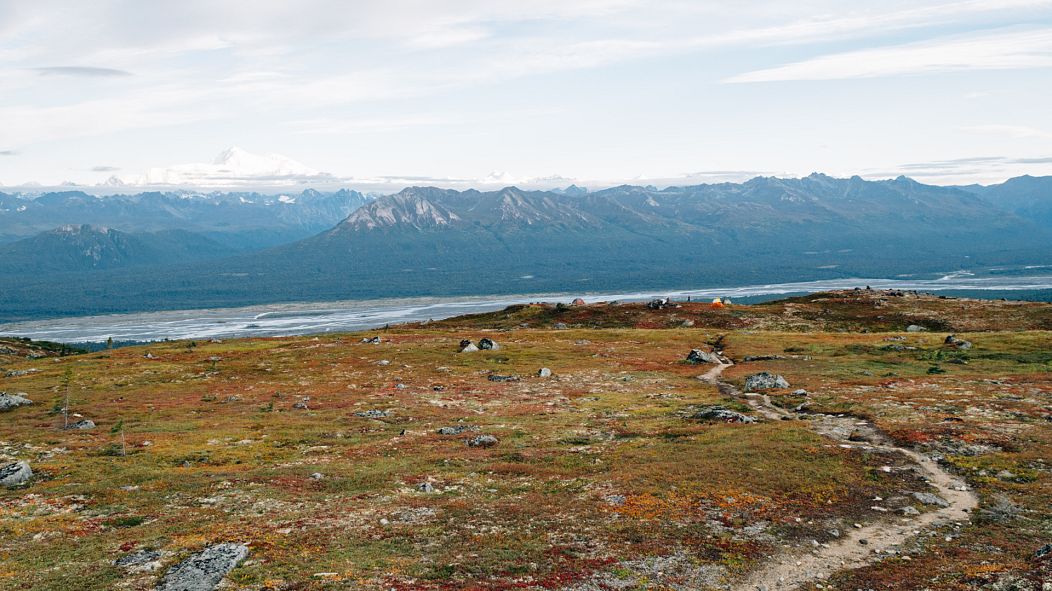Researchers have claimed that the study published in July 'strongly overestimates' the impact of restoring forests.
In response to claims earlier this year that global tree restoration is the most effective climate solution to date, a group of researchers has called the solution “dangerously misleading” in the journal Science.
Tree planting has really taken off in the last couple of months after a report in July named it as “the most effective solution at our disposal to mitigate climate change” with a potential to store a considerable amount of the carbon emissions produced by humankind. Identifying 0.9 billion hectares of land, an area the size of the USA, as suitable for reforestation, the researchers at ETH Zurich hoped such a project could help slow climate change.
Once the trees reached maturity, the report predicts they could capture around two-thirds of carbon emissions released by humans since the Industrial Revolution.
Tree planting trends
As a result of this report, tree planting campaigns saw an incredible boost in popularity. One online campaign by YouTube star MrBeast received huge donations from Elon Musk, Verizon and YouTube CEO, Susan Wojcicki. #TeamTrees is hoping to plant 20 million trees around the globe by January 1st 2020 with donations currently standing at a total of 15,705,146 trees.
In addition to actively planting trees, an increase in carbon offsetting schemes has seen more people attempt to rebalance their net emissions by investing in environmental projects. As part of a webinar organised by edie, several NGOs offering carbon offsetting reported a fourfold increase in investment over the past two years. These schemes contribute to a multitude of different projects intended to reduce future emissions and a number look to soak up CO2 by planting trees.
Read More | Veganism could be key to reducing farming's carbon footprint
A silver bullet or dangerous overestimation?
The debate about whether reforestation offers best solution to climate change continues, however, as more than 80 scientists not involved in the original research raised concerns in the journal Science about the solution that had gripped the public’s attention.
Researchers at the University of Essex, warned that the July report might be overestimating the efficacy of tree planting in counteracting our current and past carbon emissions. They say that the solution doesn’t take into account practicality of multiplying the number of trees we plant each year by 20 to reach the 2050 goal suggested by the study. Previous research has found that planting just 300 million hectares of forest over 30 years would cost over £3 billion a year.
The group of critics also drew attention to the fact that not all of the area identified would allow the same type of forest to be grown. Different ecosystems predictably allow different trees to grow. For instance, forests in areas with freezing temperatures for 6 months of the year, know as Boreal Forests, only store 15% more carbon than the Tundra they would replace. Included in these ecological concerns is the possibility of water shortages and even environmental damage as the trees alter the place in which they are planted.
Instead of attempting to counteract our carbon emissions through tree planting schemes, the group of scientists identify the success of renewable energy and energy efficiency in reducing the CO2 we emit. They say that instead of one method being “most effective” the answer is instead in combining a multitude of different approaches to help combat climate change.













